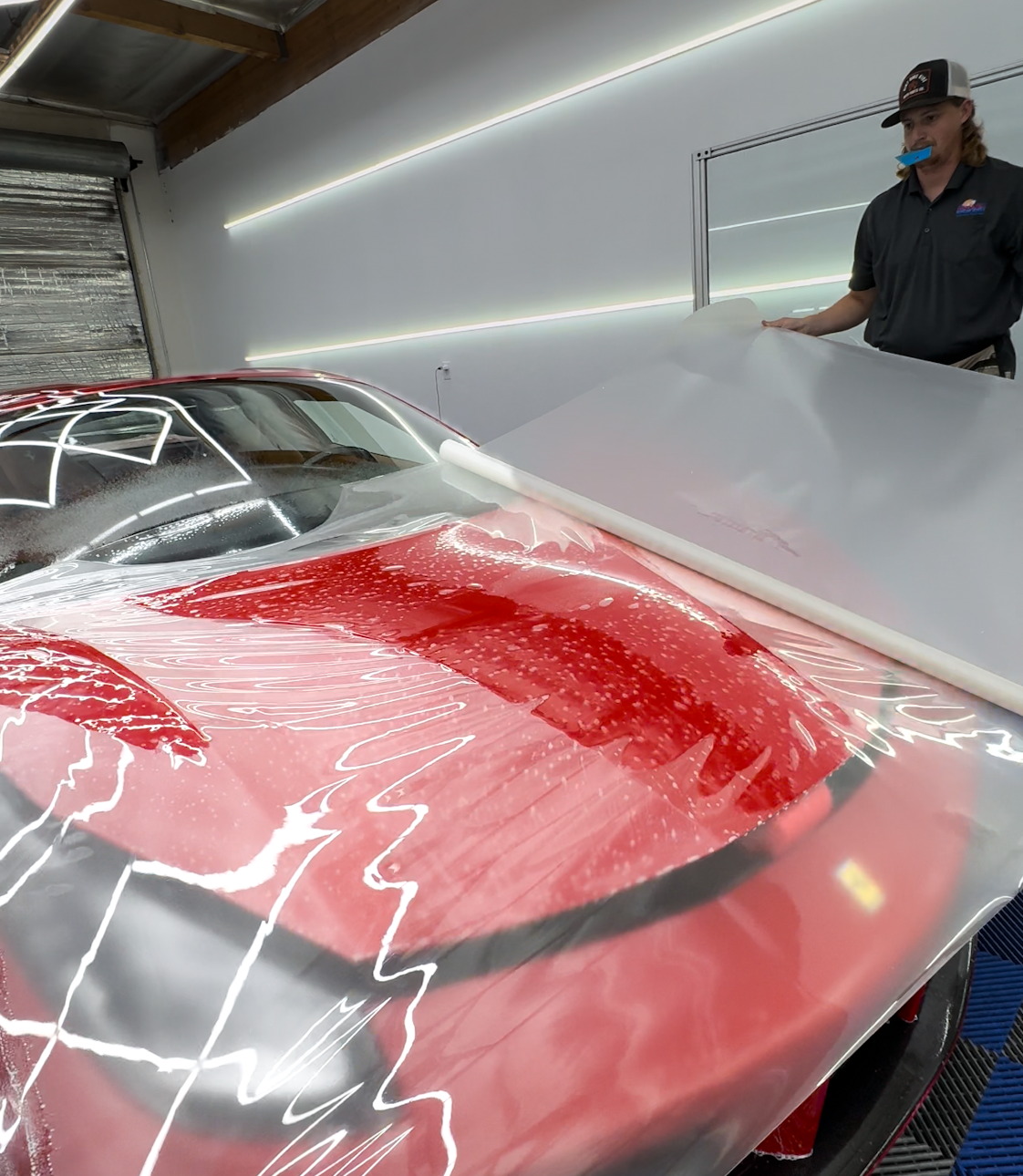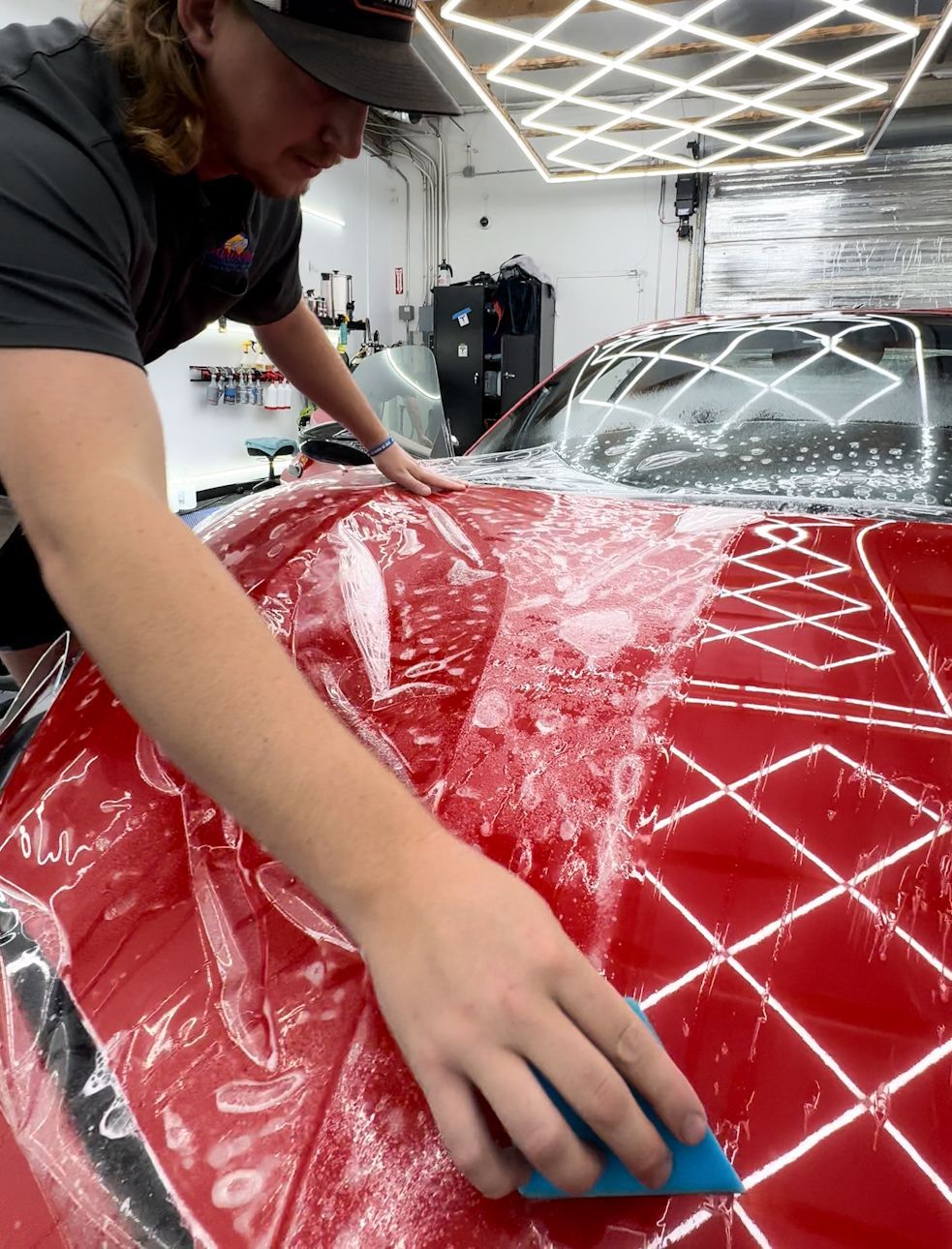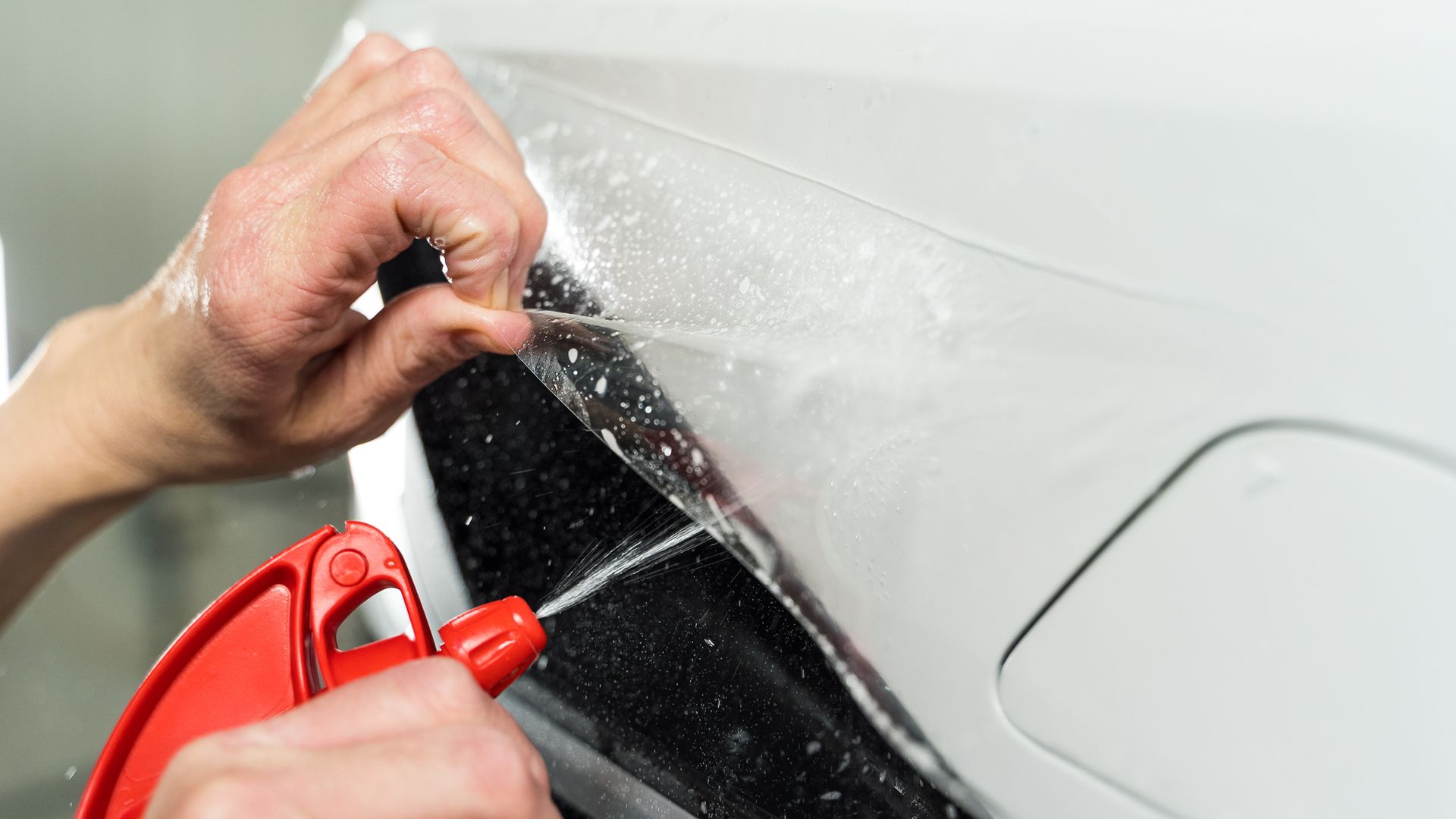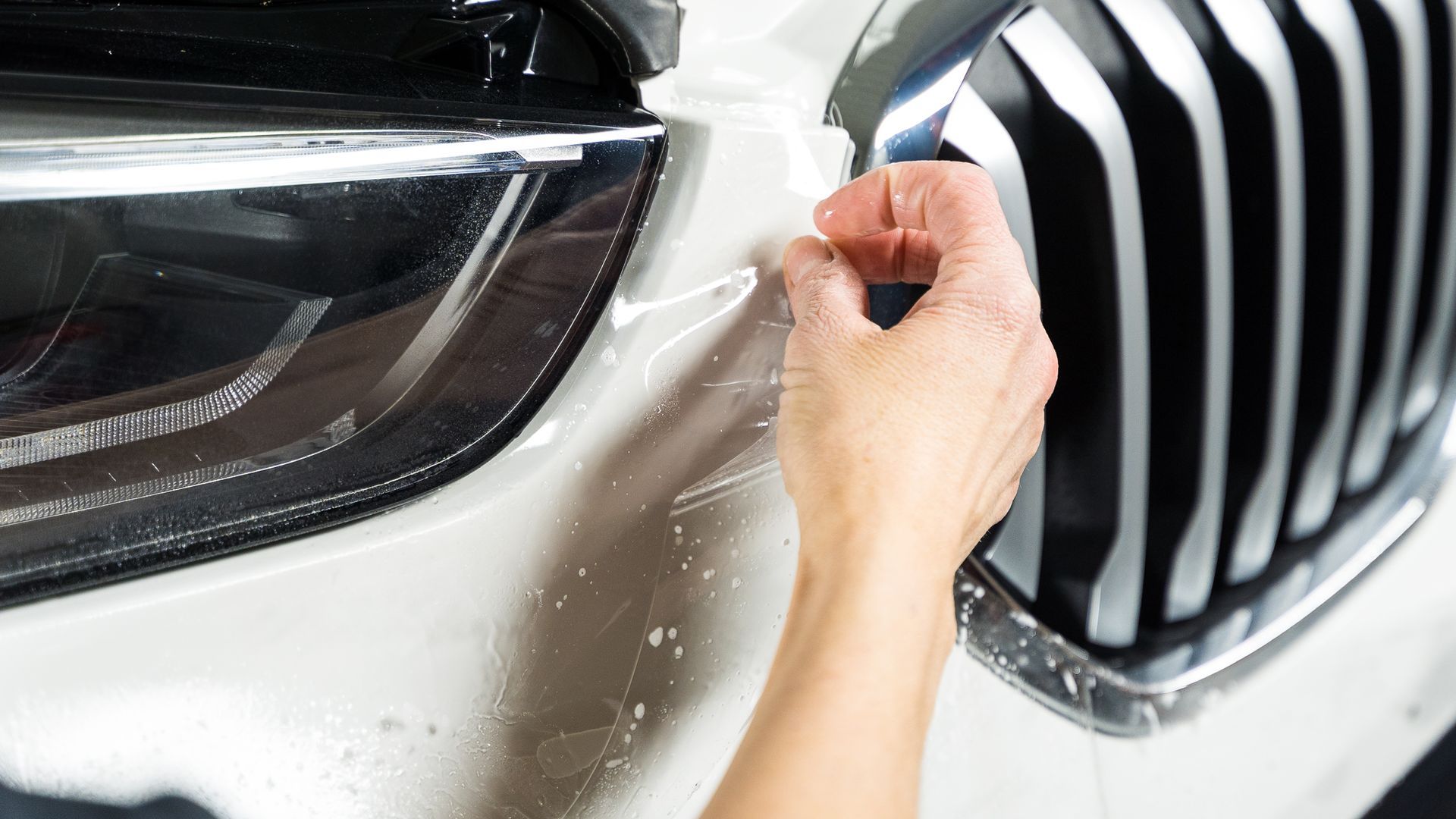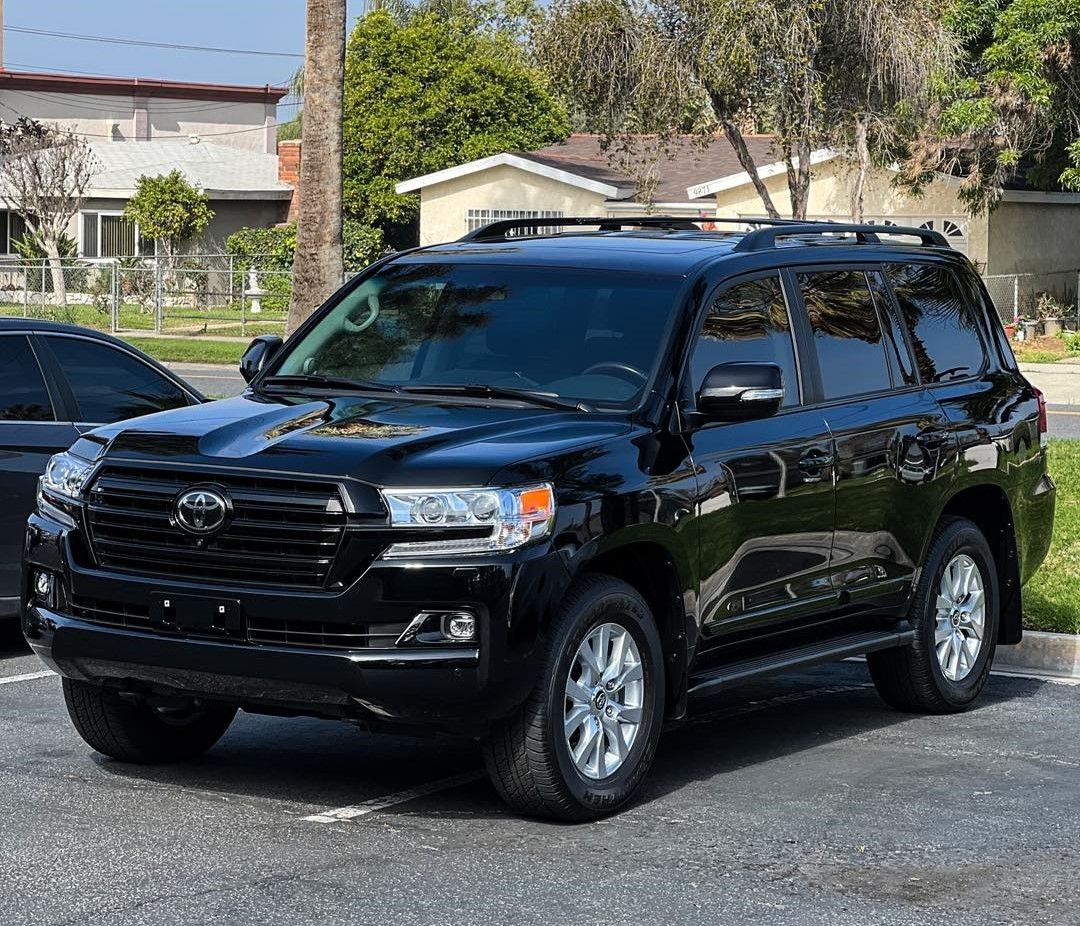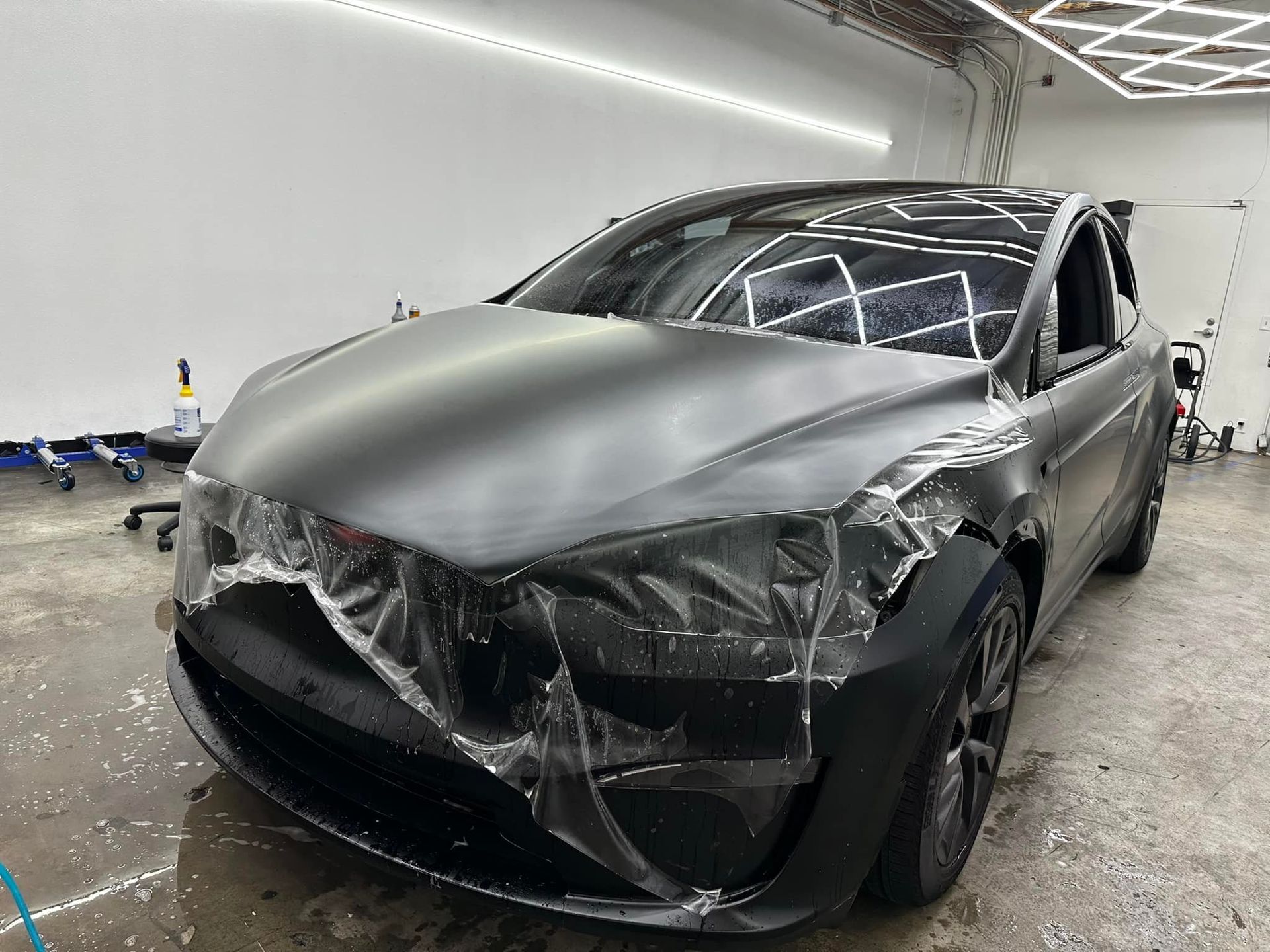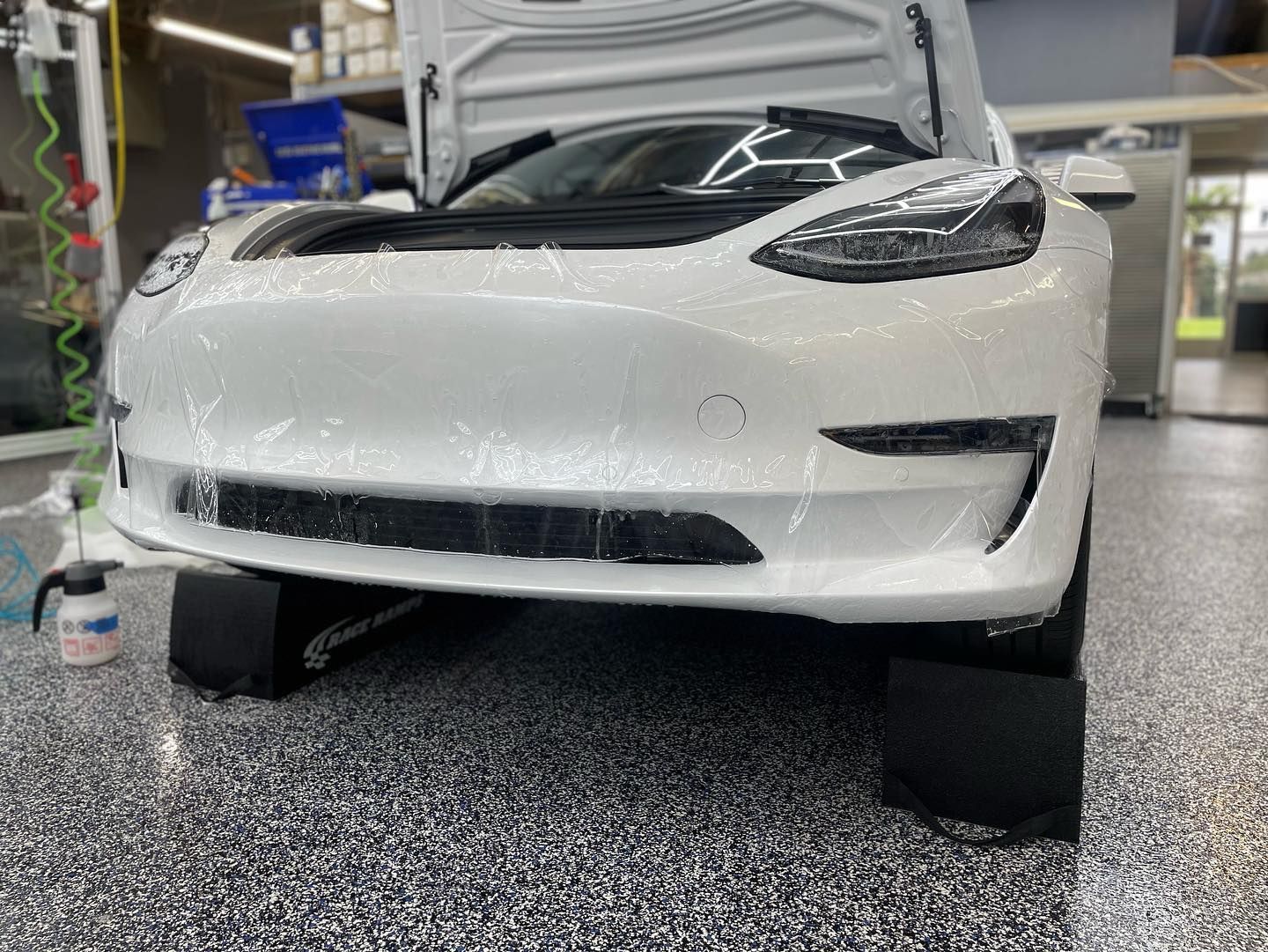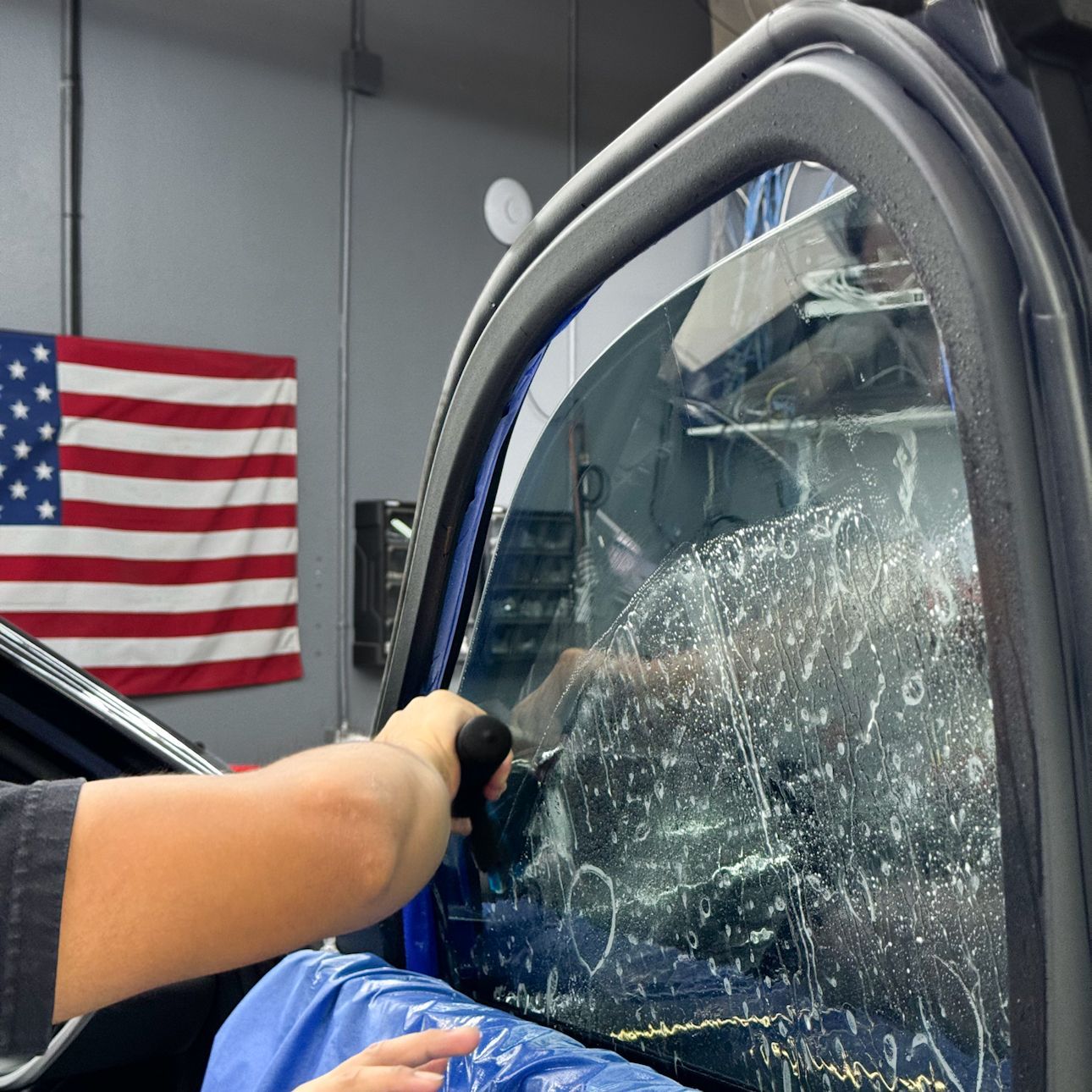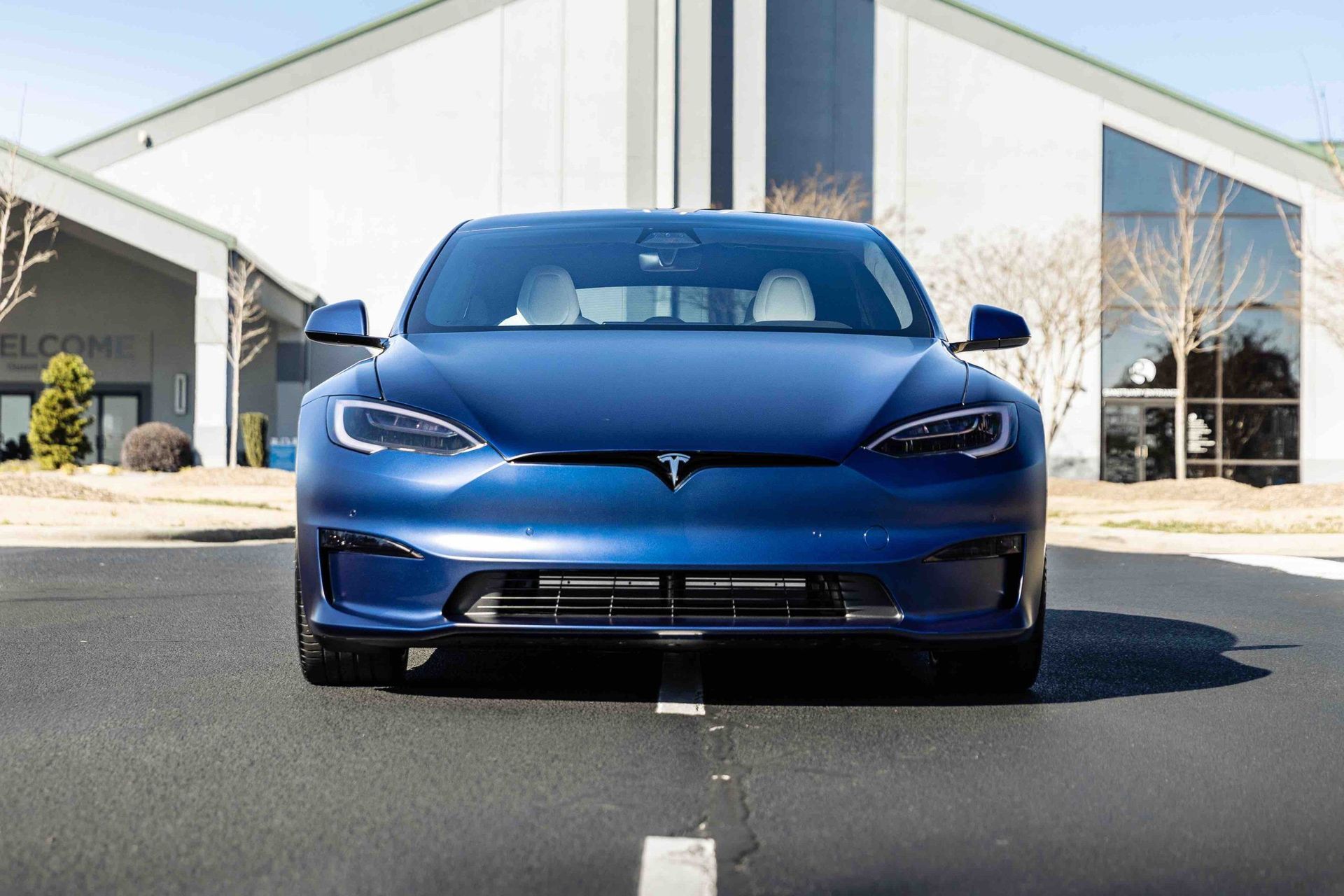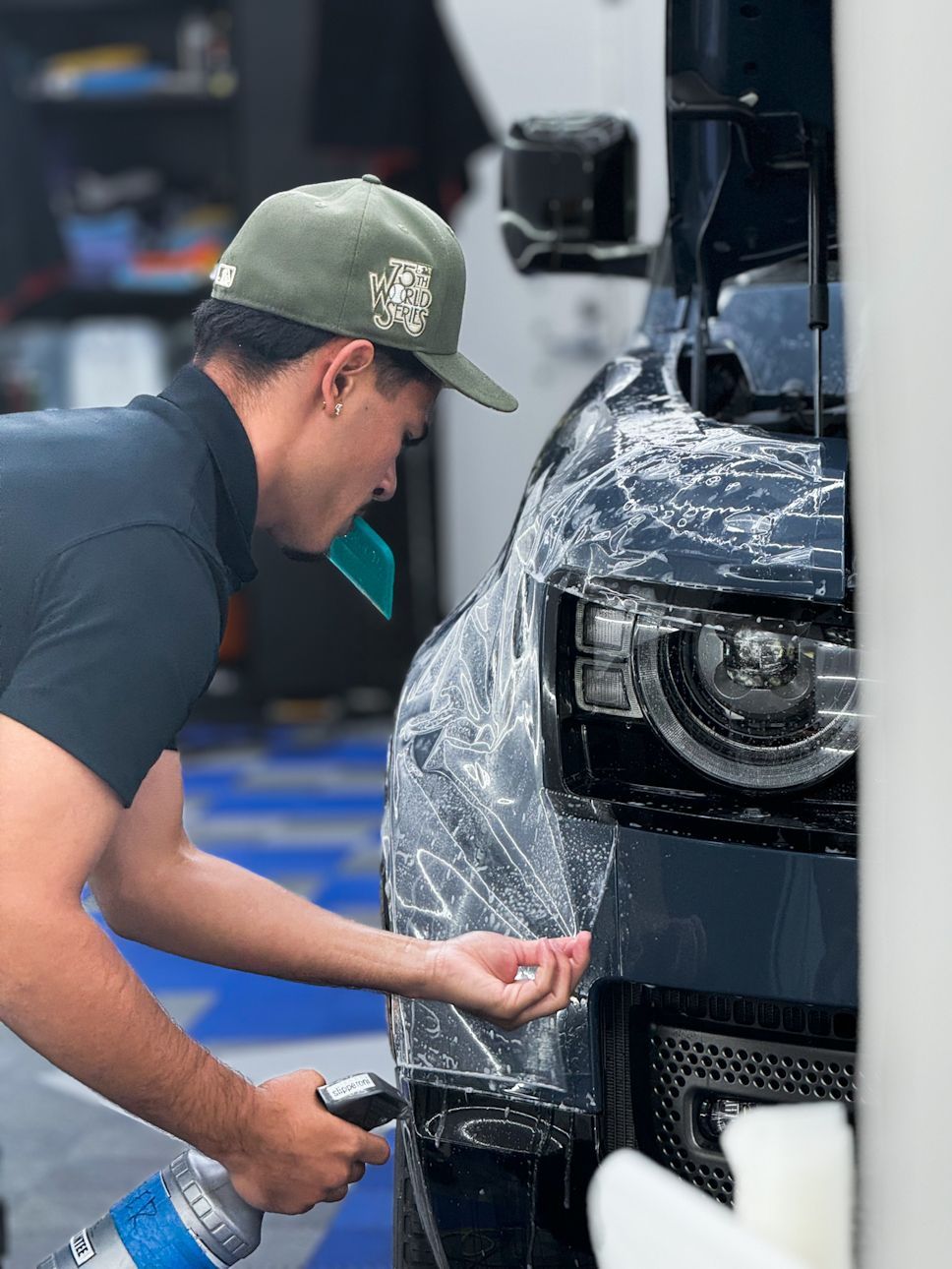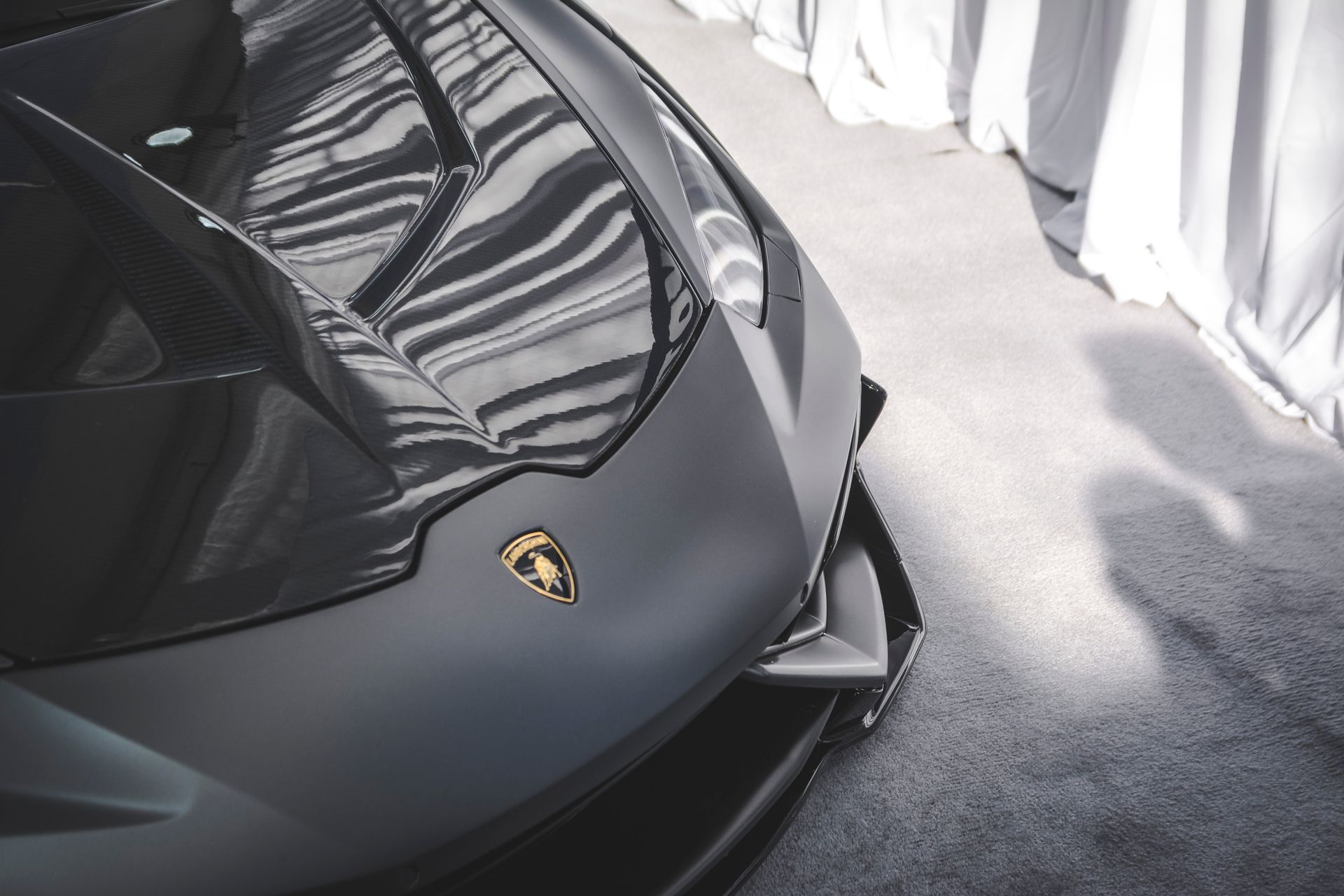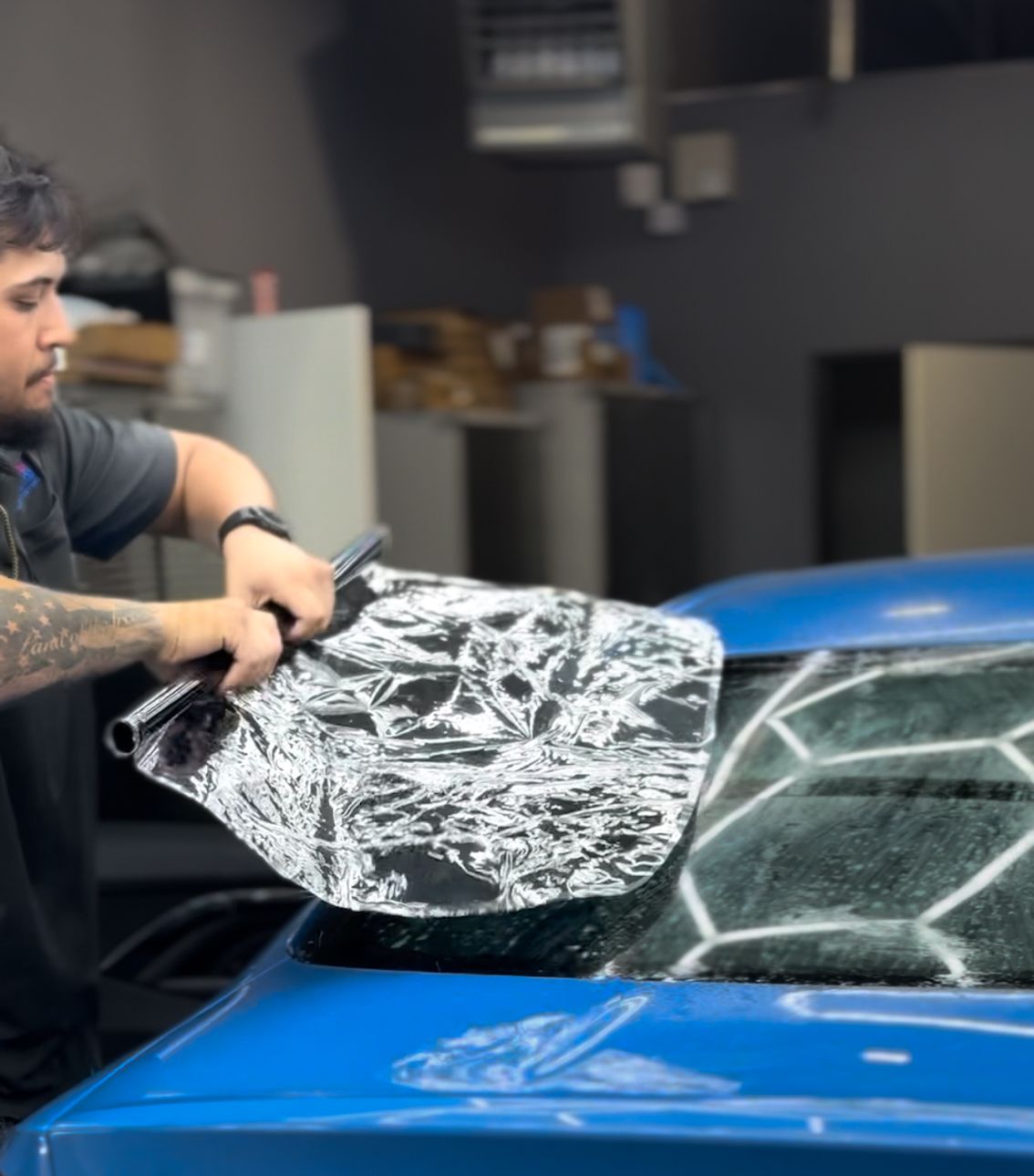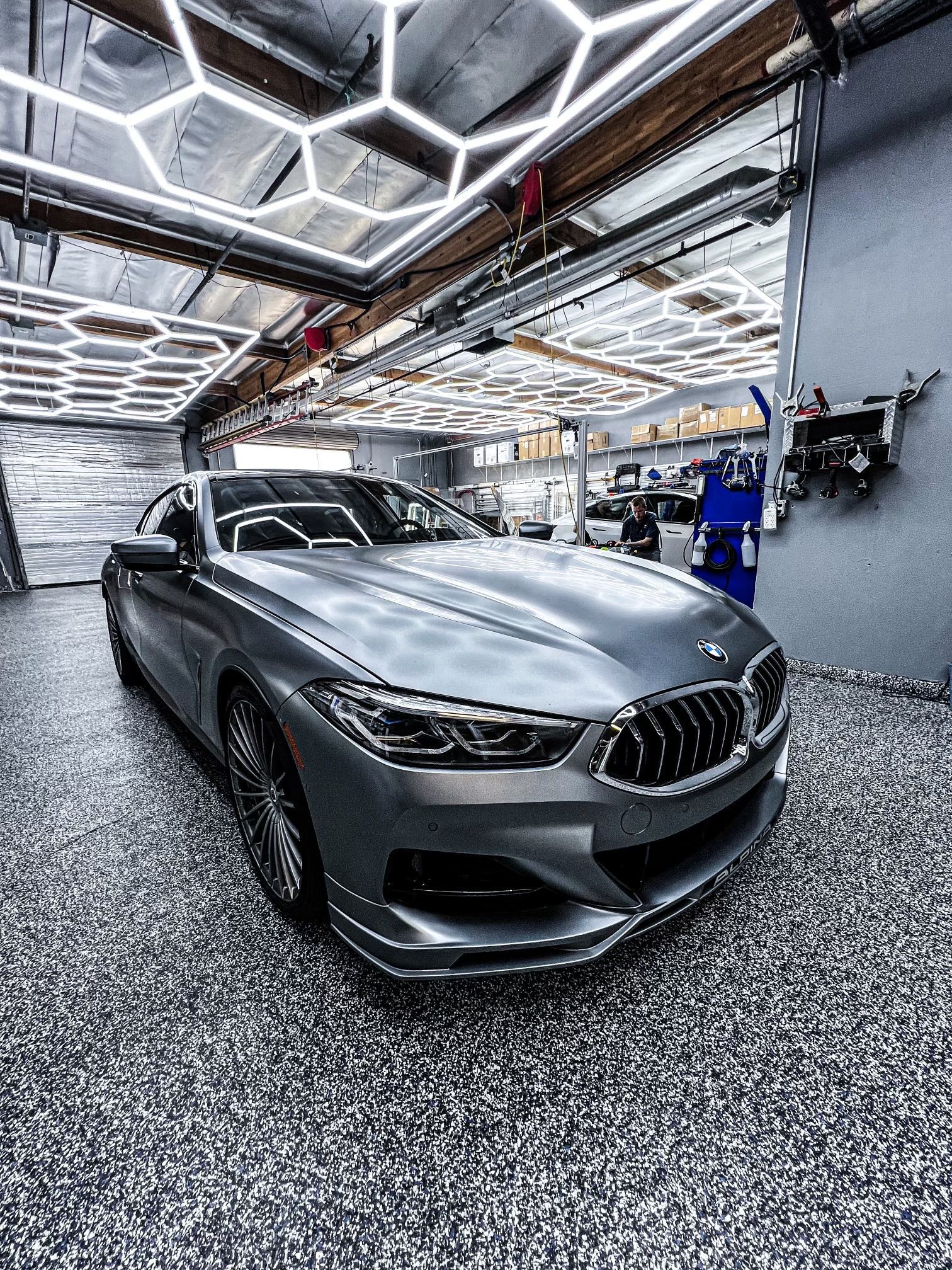sundown
How Long Does Paint Protection Film Last? Understanding Its Lifespan and Maintenance
When it comes to protecting your car's paint, you might wonder if investing in protective film is truly worth it. After all, keeping that shiny exterior in top shape can feel like a never-ending battle against dings, scratches, and the harsh Southern California elements. That's where paint protection film (PPF) steps in, acting like an invisible bodyguard for your vehicle. Having PPF isn't just about maintaining looks—it's also about safeguarding the value of your investment. Paint Protection Film typically lasts between 5 and 10 years, depending on factors such as maintenance quality, environmental conditions, and professional installation. Regular inspections, particularly around the 5-year mark for signs of wear like yellowing, and proper maintenance techniques can significantly extend its lifespan.
What is Paint Protection Film?
Paint Protection Film, commonly known as PPF or "clear bra," is a transparent, thin layer of durable plastic film carefully applied to your vehicle's exterior surfaces. This remarkable solution acts like a shield for your vehicle's paint, with one primary purpose: protecting against everyday wear and tear. Whether it's scratches from tree branches, rock chips from gravel roads, or splatter from bugs during highway drives, PPF wraps your vehicle in a protective embrace that keeps it looking fresh and new. The composition of PPF is where the real protection happens. High-quality films are typically made from thermoplastic urethane, renowned for its durability and resilience.
One standout feature of premium PPF is its self-healing capability—when exposed to heat from the sun or warm water, minor scratches and swirl marks can fade away over time. This remarkable property ensures that your car maintains its pristine appearance without requiring constant touch-ups or repairs. Beyond aesthetics, PPF plays a crucial role in maintaining your vehicle's value. By preventing physical damage to the paintwork, you can avoid costly repainting jobs down the line. This protection is especially important for luxury vehicles and newer models, where even minor imperfections can significantly impact resale value.
Professional Application and Coverage Areas
The application of Paint Protection Film requires expertise and precision to achieve optimal results. Professional installation is strongly recommended because experienced technicians know how to handle the film properly, ensuring it adheres without bubbles and perfectly fits the contours of your vehicle's surfaces. The film must be cut precisely to match your vehicle's shape—a skill that comes with years of experience and specialized training.
Critical Protection Zones
- Front Bumper: This area takes the most abuse from rock chips, road debris, and bug splatter, making it essential for protection. As the leading edge of your vehicle, it's constantly exposed to hazards.
- Hood and Fenders: These prominent surfaces are frequently at risk of damage from debris, parking lot incidents, and environmental exposure. Protecting these areas maintains your vehicle's visual appeal and prevents costly paint repairs.
- Side Mirrors: These components are constantly exposed whether you're driving or parking, making them prime candidates for protective coverage against road debris and minor impacts.
- Rocker Panels: Sitting low to the ground, this section is particularly vulnerable to damage from debris flying off tires and road hazards.
- Full Vehicle Coverage: For maximum protection, full-body wraps provide comprehensive coverage while maintaining your vehicle's original appearance with a seamless, glossy finish.
Vehicle owners with luxury cars, sports cars, or high-value daily drivers often choose full-body coverage to maintain their vehicles' pristine condition. Those with standard vehicles might prioritize high-impact zones like the front bumper, hood, and mirrors based on their protection needs and budget.
Key Factors Influencing PPF Lifespan
Several critical elements determine how long your Paint Protection Film will effectively protect your vehicle. Environmental exposure stands as the primary factor in this equation. In Southern California's intense climate, constant sun exposure can cause significant UV damage, potentially leading to yellowing over time. The relentless desert sun, combined with high temperatures, creates challenging conditions that can gradually erode the protective layer if the film isn't properly maintained. Installation Quality plays a pivotal role in determining your PPF's longevity. Professional installation ensures that the film adheres correctly and uniformly across every contour of your vehicle, minimizing the chances of peeling, bubbling, or premature wear. Expert installers have the tools, experience, and knowledge to handle complex curves and edges that amateur applications often struggle with.
Maintenance Practices significantly impact the film's lifespan. Proper care, including regular washing with appropriate products and techniques, can extend the film's effectiveness well beyond the standard warranty period. Conversely, neglect or the use of harsh chemicals can drastically reduce its protective capabilities and visual appearance. Film Quality varies significantly between different grades and manufacturers. Premium films typically feature enhanced UV resistance, superior self-healing properties, and longer warranty periods. While the initial investment may be higher, quality films often provide better long-term value through extended lifespan and superior protection.
Proper Maintenance for Maximum Longevity
Maintaining your PPF properly is essential for maximizing its protective lifespan and keeping your vehicle looking its best. The foundation of good PPF care starts with proper cleaning practices. When washing your vehicle, always use a pH-neutral car wash soap specifically designed for protected surfaces. This gentle approach ensures you're not compromising the film's integrity while effectively removing dirt, grime, and environmental contaminants. Avoid abrasive tools like stiff brushes or rough sponges that can scratch the surface and diminish the film's protective capabilities. Instead, use high-quality microfiber cloths for both washing and drying. These materials gently trap dirt without leaving scratches, making them perfect for maintaining PPF-protected surfaces.
Protective Coatings can significantly enhance your film's durability and performance. Applying sealants or waxes specifically formulated for Paint Protection Film adds an extra layer of security against environmental hazards. These products help repel water, UV rays, and harmful contaminants that contribute to premature wear. Regular Inspections are vital for maintaining your investment. Set aside time each month to examine the film for signs of edge lifting, bubbling, or any dirt accumulation that might indicate underlying issues. Early detection allows for prompt attention before minor problems escalate into major repairs or complete replacement needs. During your inspection, pay particular attention to high-stress areas like panel edges, around door handles, and anywhere the film meets body trim. These areas typically show wear first and benefit from prompt professional attention when issues arise.
Expected Lifespan and Performance
The realistic lifespan of Paint Protection Film varies based on several factors, but most professionally installed, high-quality films perform effectively for 5 to 7 years under normal conditions. With exceptional care and favorable environmental conditions, some films can exceed 10 years of reliable protection. Environmental Conditions play a significant role in determining longevity. Vehicles regularly exposed to intense sunlight, extreme temperatures, or harsh weather conditions may experience shorter lifespans. However, cars kept in garages or carports often exceed expected timeframes due to reduced UV exposure and environmental stress. Usage Patterns also influence how long your PPF remains effective. Daily drivers that encounter highway debris, parking lot hazards, and frequent washing cycles experience more wear than vehicles used primarily for weekend drives or special occasions. Quality professional installation combined with proper maintenance creates the optimal environment for maximum PPF performance. Regular care not only extends the film's protective capabilities but also maintains its clarity and appearance throughout its service life.
Investment Analysis: Costs and Long-term Benefits
When evaluating Paint Protection Film as an investment, it's important to consider both immediate costs and long-term financial benefits. Initial installation typically ranges from $500 for partial coverage of high-impact areas to $5,000 for complete vehicle protection, depending on your vehicle's size, complexity, and coverage requirements. Annual maintenance costs remain modest, typically between $100 to $300, especially when compared to potential paint repair expenses. Professional paint correction, touch-ups, or complete panel repainting can easily cost $1,000 to $10,000 or more, depending on the extent of damage and your vehicle's paint system. Resale Value Protection represents one of PPF's most significant financial benefits. Vehicles with well-maintained Paint Protection Film often retain higher resale values, as buyers recognize the care taken to preserve the original finish. This protection becomes particularly valuable for luxury vehicles, where paint condition significantly impacts market value. The cost-benefit analysis becomes even more favorable when you consider the time and inconvenience saved by avoiding paint repairs. PPF eliminates the need for touch-up work, reduces the frequency of professional detailing, and maintains your vehicle's appearance without ongoing intervention.
Making the Right Investment Decision
Paint Protection Film represents a smart investment for vehicle owners who prioritize long-term value and appearance. This protection becomes especially valuable for owners of newer vehicles, luxury cars, or any vehicle where maintaining pristine condition is important for personal satisfaction or resale value. For those navigating Southern California's challenging environment—with intense sun, road debris, and heavy traffic—PPF provides essential protection that pays dividends over time. The investment in professional installation and quality materials typically returns value through avoided repairs, enhanced resale value, and the peace of mind that comes with superior protection. Even if you don't opt for full-vehicle coverage, protecting high-impact areas like the front bumper, hood, and mirrors provides significant value. These targeted applications offer substantial protection at a more accessible price point while still delivering meaningful benefits. Ultimately, paint protection film serves as insurance for your vehicle's appearance and value. When properly installed and maintained, it provides years of reliable protection, helping preserve your investment while keeping your vehicle looking its best throughout ownership.
Top Paint Protection Film Services in Ontario, CA
At Sundown Window Tint, we specialize in
premium paint protection film services
that safeguard your vehicle against rock chips, road debris, and daily wear. Our expert team applies PPF with precision, creating a nearly invisible shield that preserves your car’s finish while keeping it sleek and glossy. Perfect for Ontario drivers who want long-lasting protection and confidence on every drive, our PPF is the ultimate defense for your investment. Protect your ride today—schedule your paint protection film installation with Sundown Window Tint!

